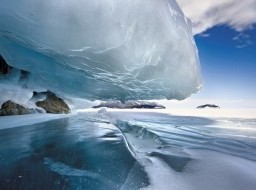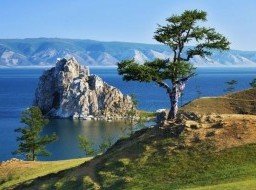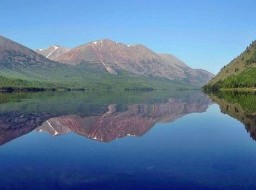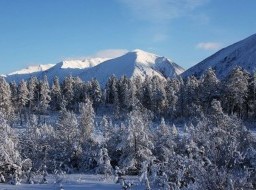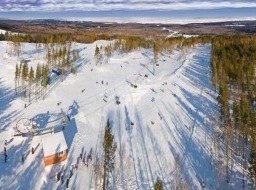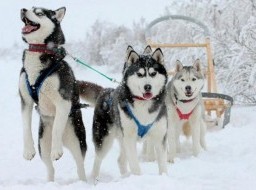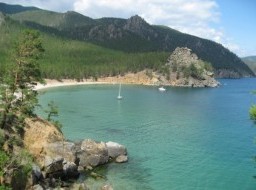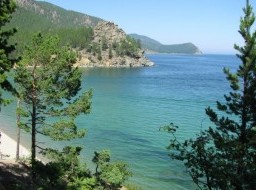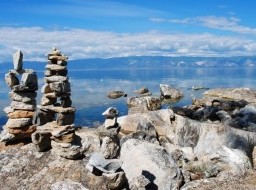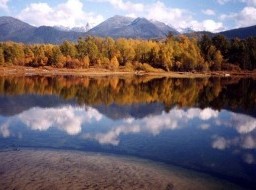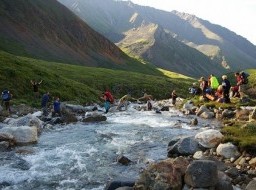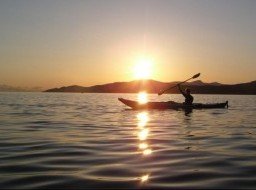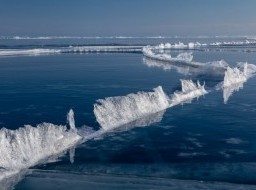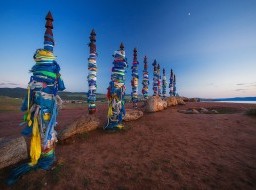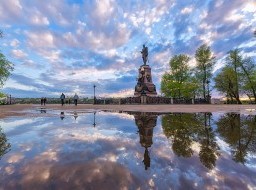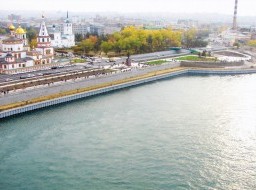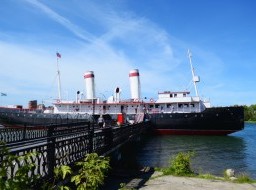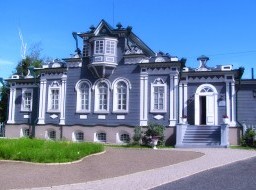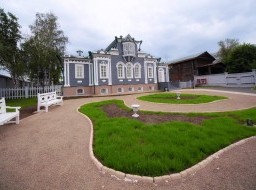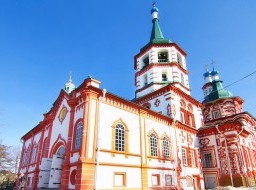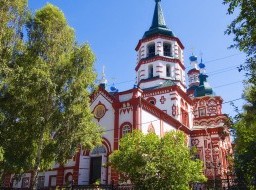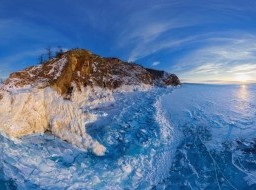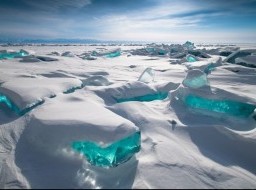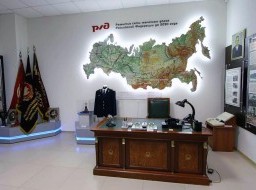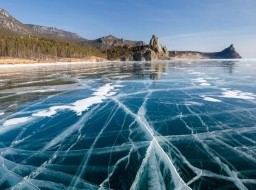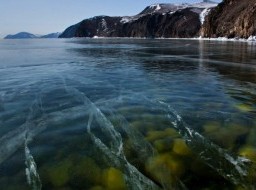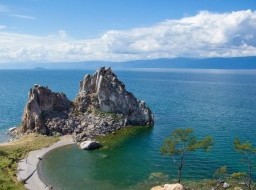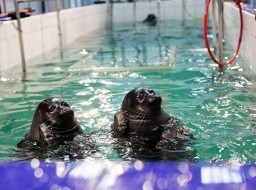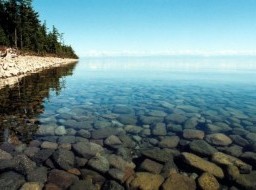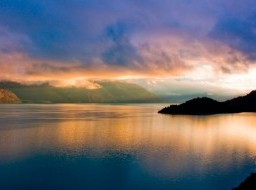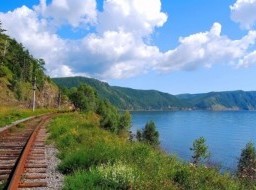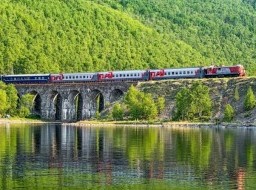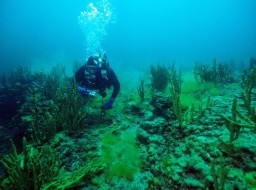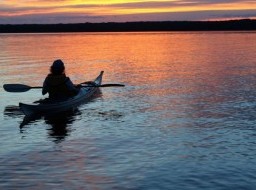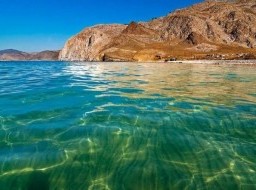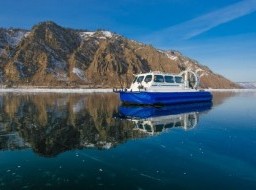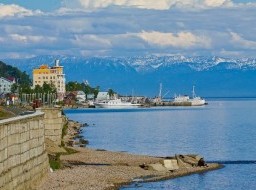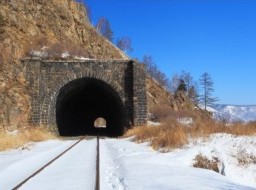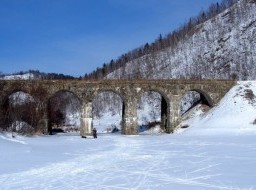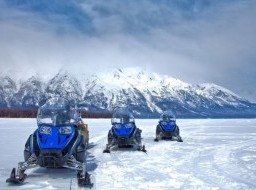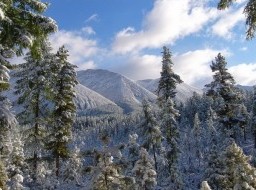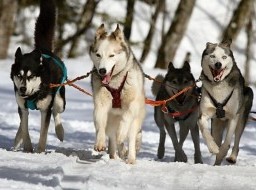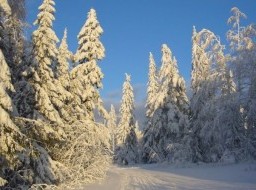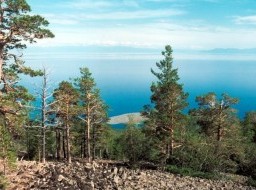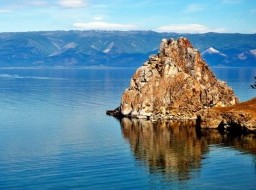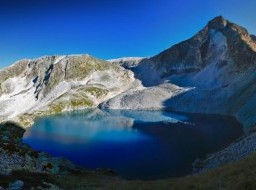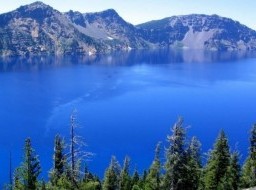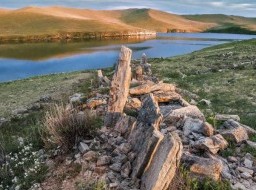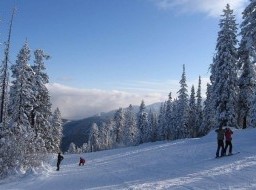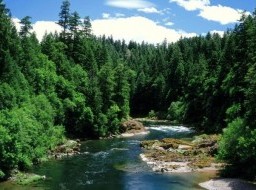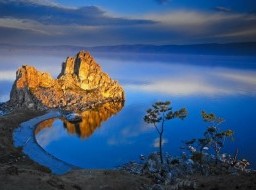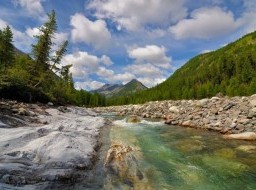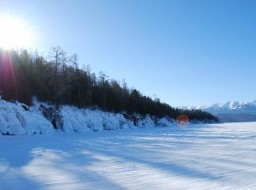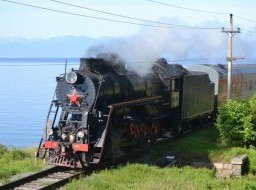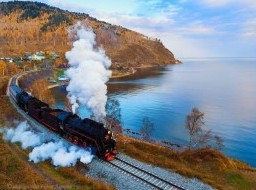Bolshie Koty
Bolshie Koty is an ancient settlement on the shore of fabulous Lake Baikal. One of the most picturesque places on the lake, Bolshie Koty is a remote and isolated village (reachable only by feet or by boat, no road) where one can relax and take a break from city life and traffic noise to simply enjoy the beauty and serenity of this region. The warm hospitality, the beautiful location and the peace and quiet the village offeres is compelling reasons to stay. Quitness and the natural beauty of the peaceful remote area of Bolshie Koty will charm you and leave the peace of mind and unity filling deep in your sole. Bolshie Koty astonishing village was founded in the second half of the 19th century as a gold extracting area. For about hundred years the gold was cradled, later dredged in the bed of Koty and Sennaya rivers. That time the settlement had own bakery, small glass-works. The abandoned gold-bearing placer of merchant Patushinsky is located some kilometers from Bolshie Koty settlement in front of the Skriper Rock, not far from the shore of Lake Baikal, in Sennaya Pad (Russian word for "lowland"). There are many vertical mines with a flank drift which are still preserved in a good condition, where it is possible to get down. Along the stream gap the wooden chutes of the gold-miners are still met. People stroke gold not only in river sands and gravels but also on the shore of Lake Baikal. Gravels near the estuaries of the Bolshie Koty and Malye Koty Rivers were mined from the bottom of Lake Baikal, from a float in summer and from an ice-hole in winter. Gold mining on Lake Baikal was started in 1842. More than 160 kilograms of gold were had been mined for 51 years in this area. There is the incredible Skriper Rock, an isolated rock massif formed by a rock material, jurassic conglomerate, which is rare on Lake Baikal and a sand rock material consisting of cobles of various sizes. Cliffs of this rock are easily caved in, so you should be careful if you want to climb the rock. A stiff and tiresome climbing of the Baikal Mountains is started from Sennaya Pad. There is a Cave of Baikal at a height of 200 metres above sea level. You can see the entrance to the cave well from the sea or to the left of the path from the Skriper Rock to Lake Baikal towards Bjkshaya Kadilnaya Cape. This Cave has two small halls about 60 m2, its length is 6 and 8 meters, its width is about 3.5 meters and its height is about 4 meters. In an occupation layer stone and iron hunting weapons, pieces of ornamental crockery were discovered by archeologists. A bottom of an Old Turkic vessel was found among sherds of the Iron Age. This is the first archaeological find of this kind in caves of Baikal. Nowadays this tiny, picturesque village is home to less than 70 people, mostly retired, living from agriculture and fishing. Food, products and materials are brought by boats from Irkutsk or Listvyanka. Irkutsk State University, Limnological Institute research stations and Lake Baikal Museum are located there. The Lake Baikal Museum was founded by Professor M.M. Kozhov. There are more than 400 various exhibits, a great collection of Baikal insects: bugs, butterflies and dragonflies. In the Museum of Baikal one can learn about flora and fauna of the lake and see some unique species in aquarium. Scientists and students have their studies and practical work done in Bolshie Koty in summer time. There are also quite a few holiday houses of university teachers and professors in the village. In summer place is getting busier with tourists, having a day boat trip or camping around. Bolshoe Koty settlement is small and getting used for suburban life (for dachas), houses pre-empted by urban residents for summer rest on the shore of Lake Baikal. Surrounded by woody hills and picturesque cliffs this solitude place has its own life rhythm measured not by hours and days but with the sunshine and seasons. Crime free and healthy microclimate, Bolshie Koty is ideal against stress, for getting in shape and having rest from the city noise and traffic. |
|
